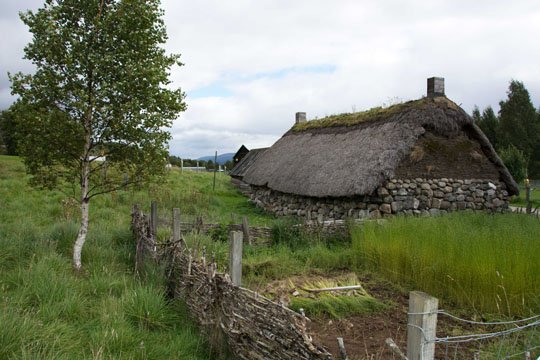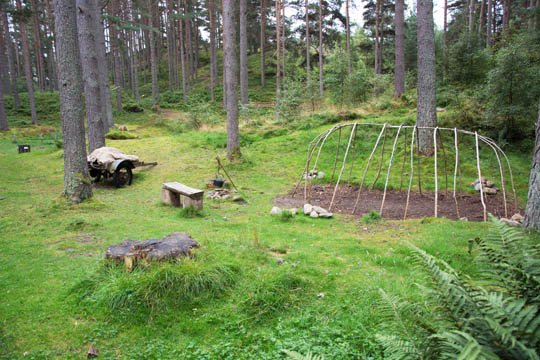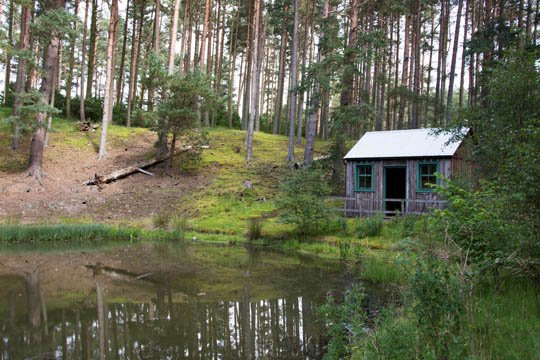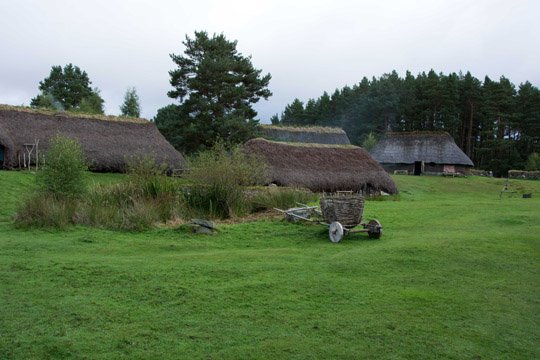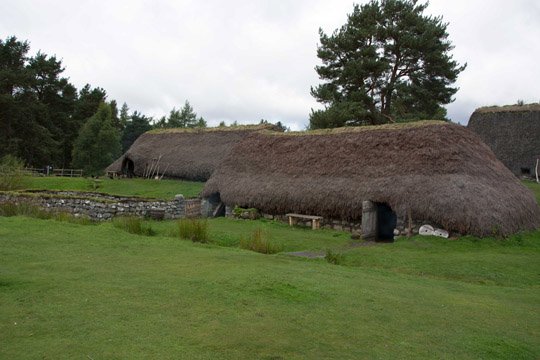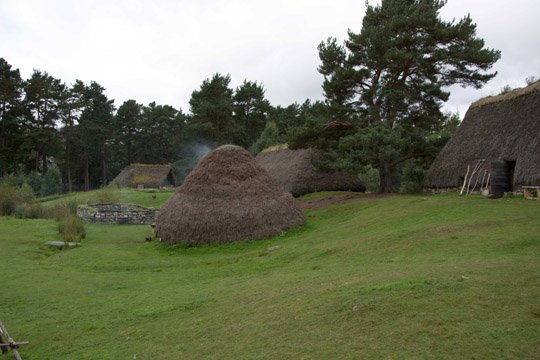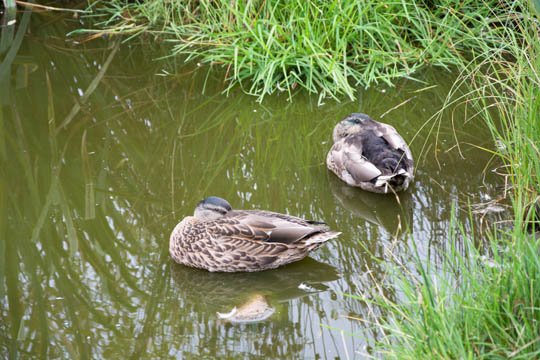Outlandish
It’s quite nice to go back in time.
It’s a few years since we’ve visited the Highland Folk Museum at Newtonmore – and what a difference, it has a lot more buildings there and has seen a lot of much welcome development. I suspect it’s the Outlander effect as part of the museum has been one of the locations for the filming of the TV series Outlander. In case you haven’t visited, this is an outdoor museum which is spread over an 8-acre site. At one end there’s a 1930s farm and at the other end, about 1 mile away, is a re-constructed Highland Township. On this occasion we only visited part of the site, but are definitely planning another visit to catch up on the rest.
As we visited in September we had a mix of sunshine and showers – what had started as a dreich looking day, had brightened up nicely as we started our wander around the museum. So, we headed for a leisurely stroll through the Pinewoods to Baile Gean which is the museum’s re-constructed Highland township.
We took our time – looking at the animals carved into the tops of tree stumps, and watched live red squirrels scampering up nearby trees. Far too fast for me to even think about photographing them. We saw lots of other reminders of how Highlanders used to live in the past en-route.
Travellers Camp
The curling pond
Nearby there’s the Curling Pond. You may know of this sport from the Olympics but Curling was invented in medieval Scotland, with evidence of it dating back to at least 1511. The hut at this curling pond is an original which has re-constructed at the museum.
The mill workshop
This guy is really realistic, especially when you just catch him out of the corner of your eye. I wonder how many people have spoken to him over the years? His workshop is located just before you come to the township. Look carefully out of the window and you will see the outline of the top of the waterwheel. Outside, you can see the water wheel and the lade that would have carried the water to the wheel.
The 1700s Highland Township
And now we come into the re-construction of a 1700s Highland township. This is a group of 6 different buildings and successfully shows how they would have been inhabited and used during that period. The first thing that will probably hit you as you approach the township is the smell of smoke. This is the really distinctive peat that was burned in many homes in the Highlands and Islands. The next thing that surprised me was the birdlife – a couple of ducks and 3 hens were quite happily wandering around their home. Now, that made it feel really authentic.
Inside the houses
Do take some time to visit the buildings – they are open and you can wander in to have a good look round. It’s not like visiting a modern day house – there are no windows so the only light is from the doorways and your eyes do have to adjust to the dark. Add to that the smoke from the open fire in the middle of the house and you get a real feel for how life was lived in the 1700s. Fortunately, the animals who would have shared one end of the house in those days weren’t around – I dread to think what the smell would have been like.
Woodland path and pond
We took the path through the woods back to the visitor centre, which is conveniently located in about the middle of the site. We stopped and had a picnic lunch – yes, it really was that nice in September in Scotland. So, what else is there to do at the museum? Well there’s a café, gift shop and picnic tables at the entrance. Then there’s also a 1930s working farm and a community of buildings which have been re-located from different parts of the Highlands. We will definitely be back to visit that part of the museum as it looks as if it’s grown considerably since we last visited.
Why not visit the following websites for more information:
This blog was originally published on:
and subsequently modified on:

